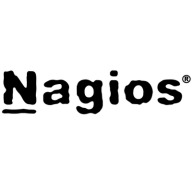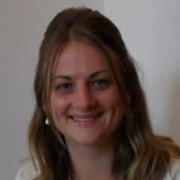

Nagios Log Server and Elastic Observability are key competitors in log management and observability. Elastic Observability appears to have the upper hand due to its extensive features and flexibility, although Nagios Log Server is noted for cost-effectiveness and customer support.
Features: Nagios Log Server is noted for efficient log collection, analysis capabilities, and simpler integrations. Elastic Observability is recognized for comprehensive monitoring features, advanced data visualization, and management of complex environments.
Room for Improvement: Nagios Log Server could improve scalability, real-time data processing, and user interface. Elastic Observability could benefit from a simplified setup process, reduced resource consumption, and enhanced documentation.
Ease of Deployment and Customer Service: Nagios Log Server is acknowledged for straightforward deployment and responsive customer service, fitting smaller IT infrastructures. Elastic Observability requires more intricate deployment for diverse systems, aiming to align customer service with its complexity.
Pricing and ROI: Nagios Log Server is attractive for its lower initial setup cost and promising short-term ROI. Elastic Observability, despite higher upfront costs, is viewed as a long-term investment with substantial ROI for larger enterprises requiring extensive features.
| Product | Market Share (%) |
|---|---|
| Elastic Observability | 1.3% |
| Nagios Log Server | 0.8% |
| Other | 97.9% |


| Company Size | Count |
|---|---|
| Small Business | 8 |
| Midsize Enterprise | 4 |
| Large Enterprise | 16 |
Elastic Observability offers a comprehensive suite for log analytics, application performance monitoring, and machine learning. It integrates seamlessly with platforms like Teams and Slack, enhancing data visualization and scalability for real-time insights.
Elastic Observability is designed to support production environments with features like logging, data collection, and infrastructure tracking. Centralized logging and powerful search functionalities make incident response and performance tracking efficient. Elastic APM and Kibana facilitate detailed data visualization, promoting rapid troubleshooting and effective system performance analysis. Integrated services and extensive connectivity options enhance its role in business and technical decision-making by providing actionable data insights.
What are the most important features of Elastic Observability?Elastic Observability is employed across industries for critical operations, such as in finance for transaction monitoring, in healthcare for secure data management, and in technology for optimizing application performance. Its data-driven approach aids efficient event tracing, supporting diverse industry requirements.
Nagios Enterprises delivers official products, services, and solutions for and around Nagios – the industry standard in enterprise-grade IT infrastructure monitoring. With millions of users worldwide, Nagios is the undisputed champion in the IT monitoring space. Our team of dedicated professionals works to ensure total customer satisfaction with all the services we provide. Our extensive network of partners helps extend Nagios services and solutions to new organizations and markets worldwide to meet a variety of business needs. Nagios Enterprises was founded in 2007 by Ethan Galstad. Ethan created what would later become known as Nagios in 1999, and currently serves as the President of Nagios Enterprises.
We monitor all Log Management reviews to prevent fraudulent reviews and keep review quality high. We do not post reviews by company employees or direct competitors. We validate each review for authenticity via cross-reference with LinkedIn, and personal follow-up with the reviewer when necessary.